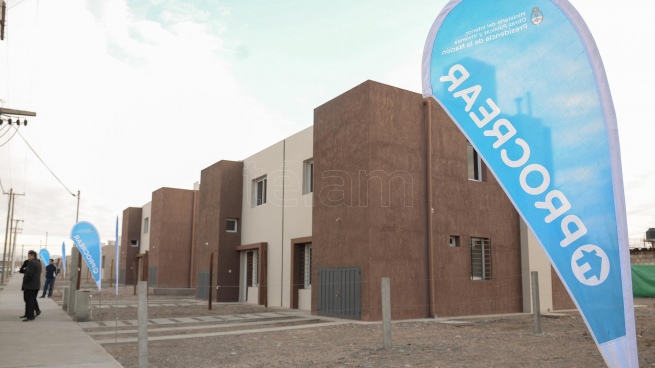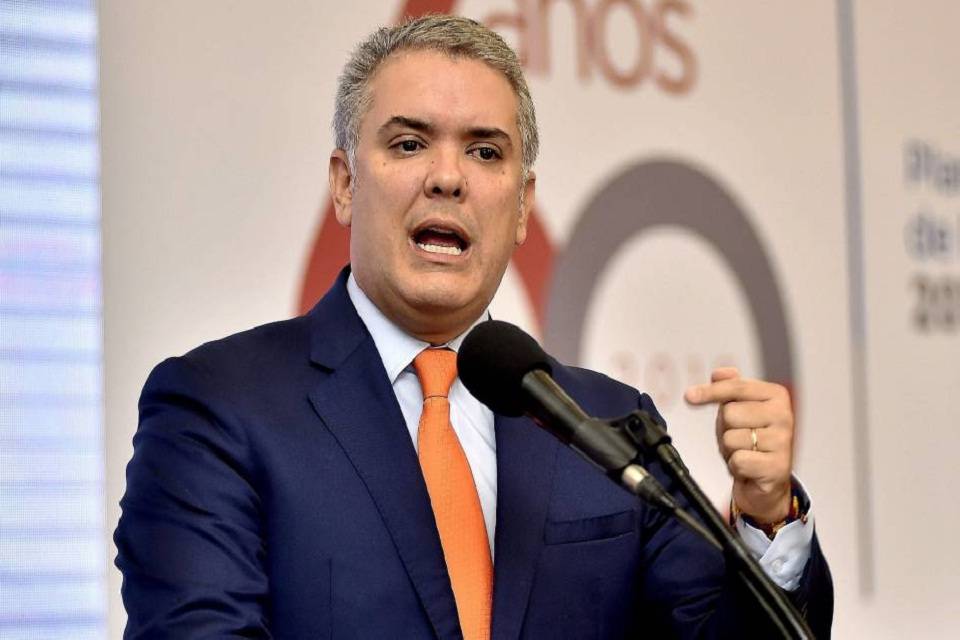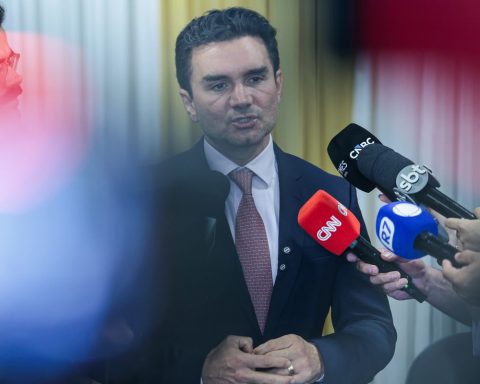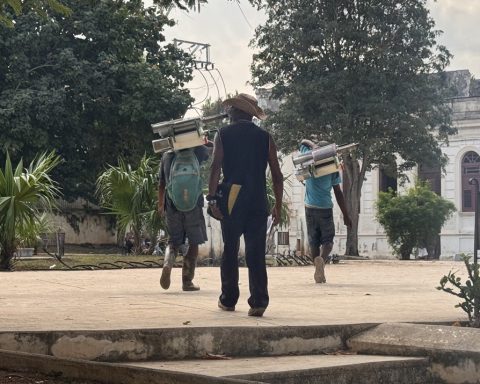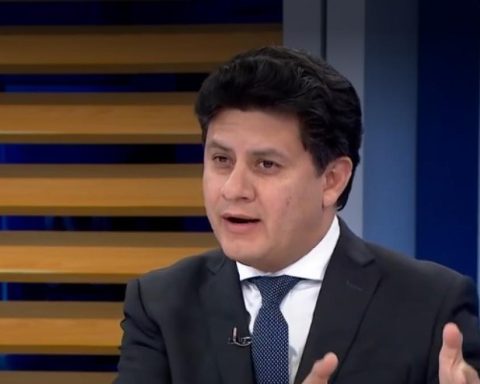The Housing and Urban Development category led the increase in national public investment in the first semester, with 40% growth in real terms (that is, deducting inflation for the period) compared to the same period in 2021, twenty times more than the average. general.
The information is part of a report by the Congressional Budget Office (OPC) and is reflected in data from the Ministry of Territorial Development and Habitat, which shows 52,096 homes delivered since December 2019 and 125,137 in execution.
About, the president of the Argentine Chamber of Construction, Gustavo Weiss, highlighted in statements to Télam “the level of activity of ProCreAr (Argentine Credit Program)” that was relaunched in August 2020, with nine lines of loans for construction and renovation of homes.
In the first half of 2022, capital transfers to ProCreAr totaled $95,815 million, equivalent to 72.4% of investment in Housing and 20.1% of total Public Investment.
In the first half of 2022, capital transfers to ProCreAr totaled $95,815 million, equivalent to 72.4% of investment in Housing and 20.1% of total Public Investment
The regional distribution of the construction of housing units, lots with services delivered or to be delivered, as well as the granting of credits, covers the 24 jurisdictions, although Weiss pointed out that this distribution “has been heterogeneous.”
“In the southern provinces the situation is a little more complicated, because the price of social housing does not close them”limited in this regard, although the percentage of units in execution for Patagonia remains in relation to the population.
Regarding the distribution within each province, in Buenos Aires they assure that they seek “to have at least one hundred houses under construction per municipality”although due to its number of inhabitants and population density, the largest number of works is concentrated in the suburbs.
This was stated to Télam by the Buenos Aires Minister of Habitat and Urban Development, Agustín Simone, who distinguished the enterprises financed by the province itself from those that have resources of national origin.
In the latter case, “the vast majority are direct agreements signed by the Nation with municipalities,” he said.
Of the houses that are currently under construction – “those that are in process are many more”, he warned – Simone specified that in Buenos Aires territory “there are currently 15,509 houses with different national funds”, of which 5,951 are from the Casa Propia program, 5,288 from Rebuild and 4,270 from Procreate.

To this set of units under construction another 8,000 with own resources are added.
Simone also pointed out the difficulties in establishing a comparison with the previous provincial management, due to “difficulties in accessing information, quite brief” and that prevents a classification by type of financing.
According to the minister, In the 4 years of management of former Governor María Eugenia Vidal, a total of 8,000 homes were builtalthough it is not specified how many were financed by the province and how many were financed by the Nation.
The Public Investment executed by the National Administration during the first semester amounted to $475,813 million, with an interannual growth of 2% in real terms and an execution of the current credit for the whole year of 33.3%.
Although the percentage of execution is lower than the proportion of time elapsed, it is common for most of the budget appropriations to be concentrated in the last quarter, as has happened in recent years.
For example, in 2021 in the first quarter only 10% of the Public Investment credit was executed, it rose to 17% in both the second and the third and the remaining 56% was left for the last quarter.
About, Weiss raised as “the million dollar question” what will happen to public investment in general and Housing investment in particular in the second half of the yearin light of the changes in the management of the economic area.
“It is a fact to analyze what will happen in the new administration of Sergio Massa in Economy, although they have told me from the government that the decision is to maintain investment in infrastructure in the second half,” he said.
Within the general level, the Housing and Urban Development item had between January and June an accrued credit of $132,348 million, with 38.3% of execution of the current credit.
Consequently, it became the first item, with 27.8% of the total, displacing Transportation, which had led the list in the first half of 2021, to second place.
This change in positions was due to the real increase of 40% in expenditures for Housing and Urban Development, against a fall of 8.3% in Transportation.
In relation to investment by jurisdiction, the Ministries of Public Works and Territorial Development and Habitat concentrated 58.7% of capital expenditures, although in this case there was also an uneven evolution, with a year-on-year drop of 20.1% in the first of the aforementioned portfolios and an increase of 55.4% in the one led by Jorge Ferraresi.
